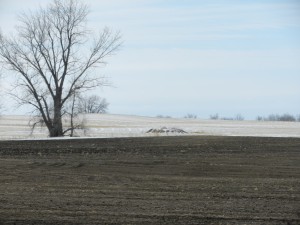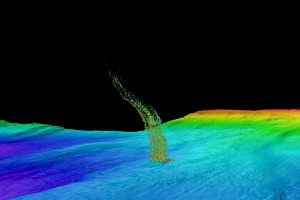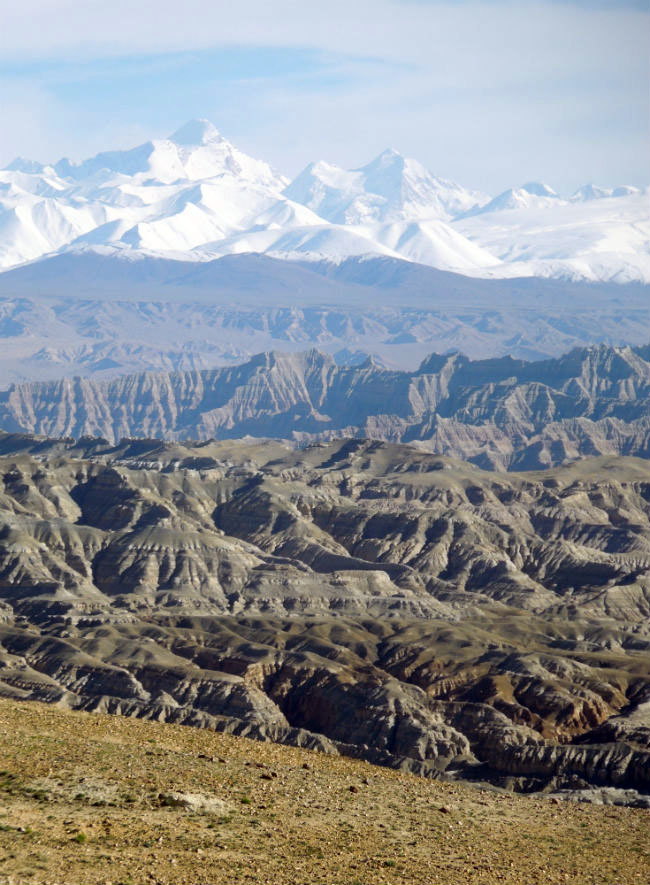Earth and Space Sciences’ Frank Gonzalez, John Vidale, and Arthur Frankel, along with other scientists from across the University of Washington, are teaming up to better prepare our region for the next massive megaquake off the Pacific Northwest coast. Their efforts include designing the first tsunami evacuation structure in the United States, development of a campus-wide research project on major earthquakes, and the upcoming rollout of early earthquake alerts.
Read more at UW Today »Epic survey finds regional patterns of soot and dirt on North American snow
Snow is not as white as it looks. Mixed in with the reflective flakes are tiny, dark particles of pollution. University of Washington scientists recently published the first large-scale survey of impurities in North American snow, to see whether they might absorb enough sunlight to speed melt rates and influence climate. The results, published in the Journal of Geophysical Research, show that North American snow away from cities is similar to Arctic snow in many places, with more pollution in the U.S.
Read more at UW Today »Oceanography undergrads blog from Vancouver Island
The Research Vessel Thomas G. Thompson —UW’s 274-foot-ship capable of accessing the world’s oceans—provided a platform for research and a home to several oceanography students as they wrapped up their quarter’s research in mid-December. Sending scientific instruments overboard to capture and record all sorts of ocean data, the students blogged about their adventures along the west coast of Canada and shared what they learned.
Read more at UW Today »Warmer Pacific Ocean could release millions of tons of seafloor methane
Off the West Coast of the United States, methane gas is trapped in frozen layers below the seafloor. New research from the University of Washington shows that water at intermediate depths is warming enough to cause these carbon deposits to melt, releasing methane into the sediments and surrounding water. Researchers found that water off the coast of Washington is gradually warming at a depth of 500 meters, about a third of a mile down.
Read more at UW Today »Snail shells show high-rise plateau is much lower than it used to be
New research, lead by Earth and space sciences professor Kate Huntington, is shedding light on how the Tibetan Plateau of south central Asia was at one time much higher than it is today. Its historical heights have long been debated in the scientific community, and Huntington and her team used novel research techniques — including the fossilized remains of snails that once lived in the Plateau’s ancient rivers and lakes — to help answer questions about the region’s distant past.
Read more at UW Today »





